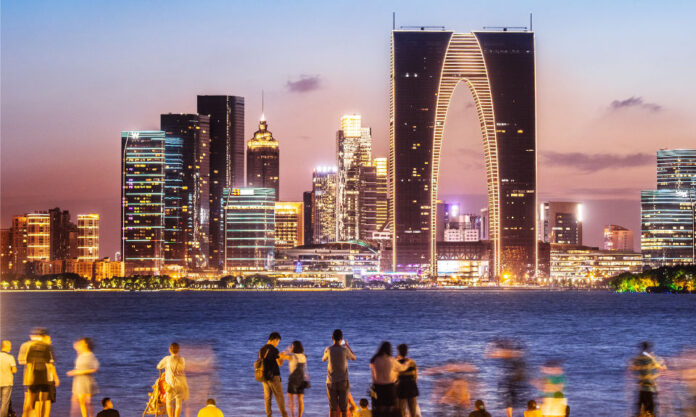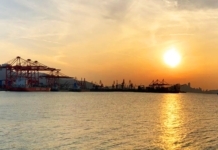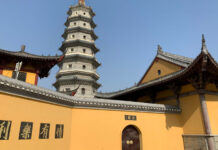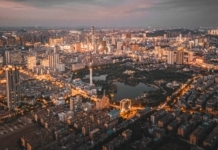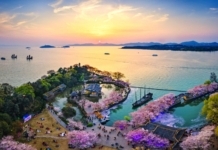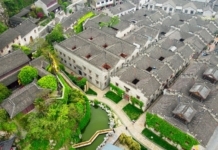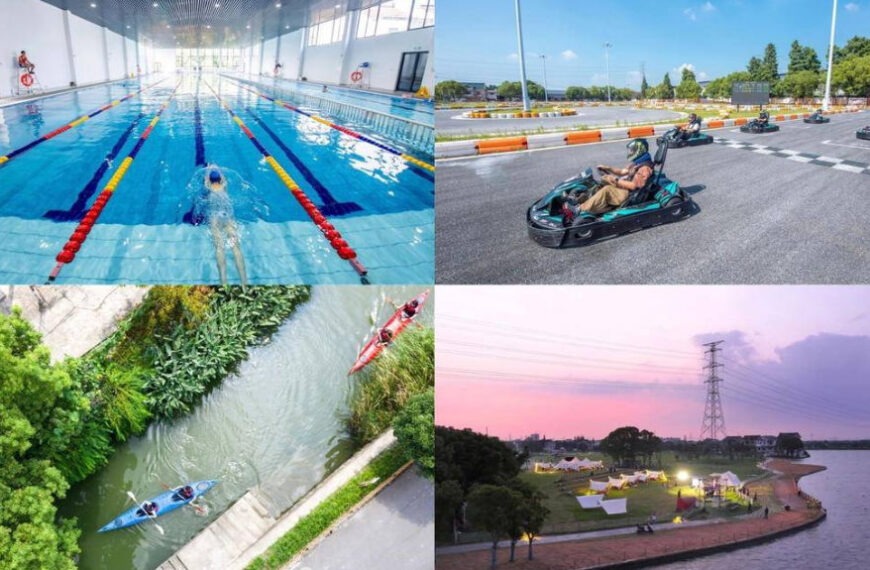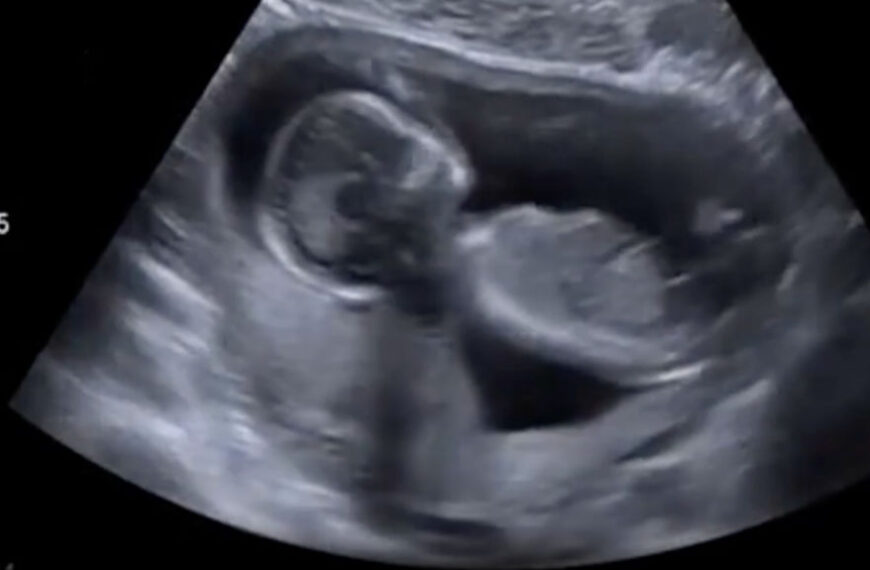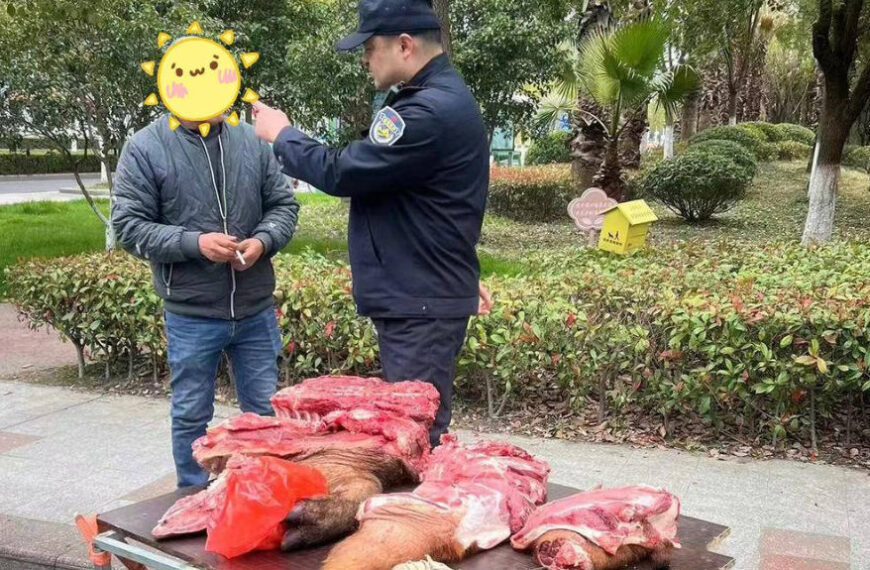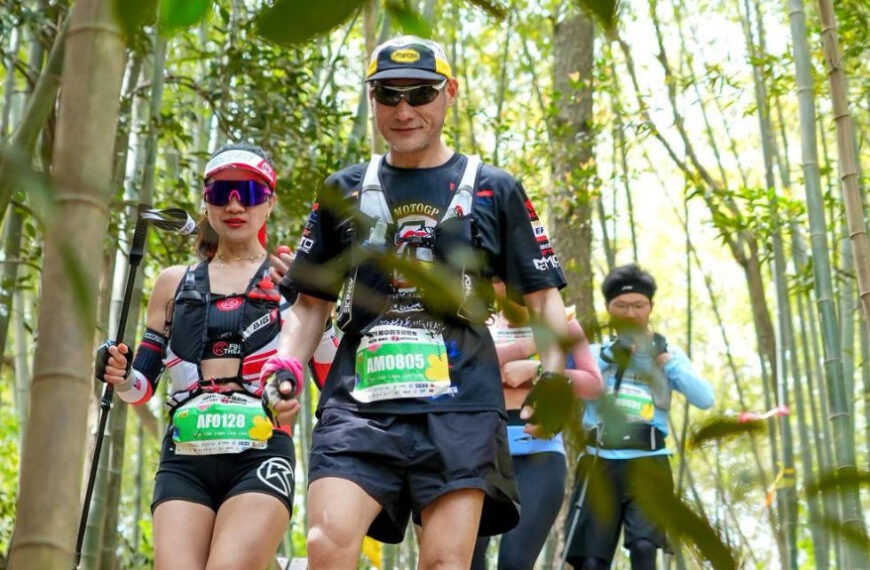Once upon a time, Suzhou typified the water towns of Jiangnan, the area south of the Yangtze River home to villages interlaced by canals, rivers and lakes. Today, at the far end of the spectrum, what was 30 years ago a large but sleepy town is now a juggernaut, generating a GDP of ¥2.4 trillion in 2022, far dwarfing any other city in Jiangsu.
There’s a saying, “In Heaven there is Paradise; on Earth there is Suzhou”. It wasn’t a reference to Suzhou as a magnet for brand names with shoppers in tow; they were talking about the city’s Old Town, where, along the alleyways, high walls on both sides protect the privacy of secluded residences beyond.
And that of the many classical gardens for which Suzhou is so famed. Among them, the Humble Administrator’s Garden, Suzhou’s largest classical Chinese garden considered by some to be the finest example anywhere in southern China. Therein, the arrangement of rocks and water among the many pavilions and bridges is the very foundation of Feng Shui.
Not far away, few words capture the spirit of Suzhou’s Pingjiang Lu better than “enchanting”. As a true step back in time, this is the place to relive the old, to find some authenticity that dates back to the Song Dynasty. For it is amid such alleys and lanes that can be found the typical houses of ancient Suzhou, standing simple and unsophisticated by the street. Their traditional white stucco walls, adorned by sloping black roofs stained by the rain’s ink brushwork, are the very soul of Suzhou.
They were also the inspiration for that nearby, where the old collides with the new in spectacular style at the Suzhou Museum. Today a global icon, with its architecture by Pritzker Prize-winning architect I.M. Pei, the Suzhou Museum is one of the most visited museums in the world.
It’s also something of a metaphor for Suzhou as today one of the most highly developed and prosperous cities in China.
Tourism drives much of that local wealth, together with a large manufacturing sector, churning out iron and steel, textiles and electronics. And with Shanghai as a direct neighbour, minus some of the associated operating costs, Suzhou is a much-favoured destination for foreign investment.
Helping to drive that reputation is Suzhou New District (SND) in the west of the City, approved by the State Council in 1992 as one among the first batch of national high-tech industrial development zones. As a counter balance to the east, Suzhou Industrial Park (SIP) includes the famed China-Singapore Cooperative Zone, the first governmental cooperation project between China and Singapore.
Much of SIP is located on the banks of Jinji Lake. There, the skyline is dominated by the “Gate to the East”, the 74-floor skyscraper which took ¥5 billion and 11 years to build, only to have locals turn around and simply call it, “The Pants”. It sits beside the Suzhou Centre Mall that won the MAPIC Award for “Best New Shopping Centre” in 2018, being recognised for its innovation and quality in the global retail real estate industry.
Suzhou has, at time of writing, five metro lines in operation, with as many as eight more under construction. Further public transportation is provided by the Suzhou SND Tram, opened in 2014 and operated using an overhead catenary system. Two such tram lines are in operation across SND.
Suzhou is 1 hour by high-speed train from Nanjing and 20 minutes from Shanghai. The city is also served by Sunan Shuofang International Airport, which it shares with Wuxi City.


